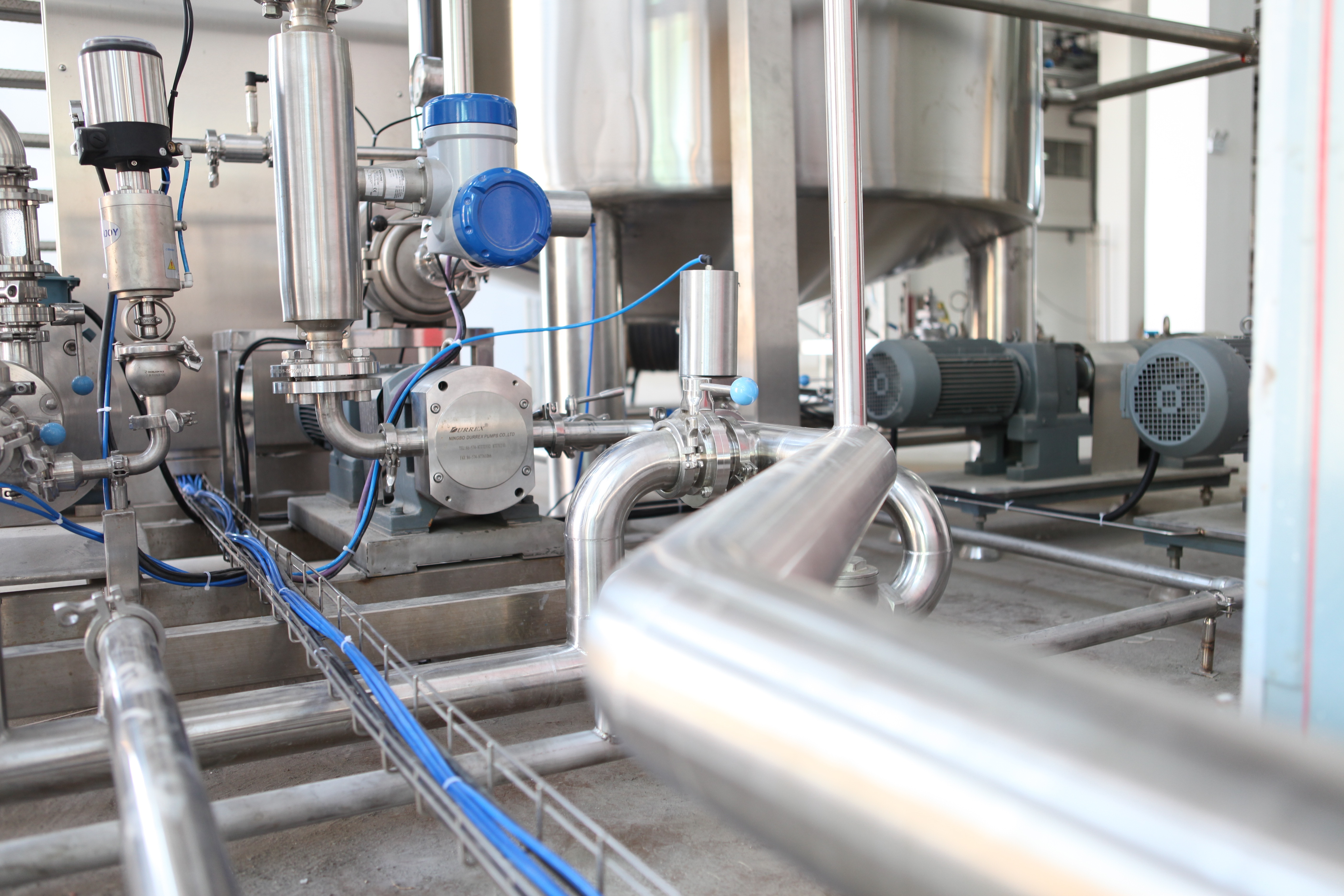Maximizing The Efficiency OF Process Heating Systems
 Process heating systems have wide applications in the manufacturing of various industrial and consumer products. Smelters, furnaces, heaters, ovens, and kilns are some of the most common heating equipment in major industries.
Process heating systems have wide applications in the manufacturing of various industrial and consumer products. Smelters, furnaces, heaters, ovens, and kilns are some of the most common heating equipment in major industries.
In manufacturing industries, heating systems heat metals, glass, petroleum products, plastic, rubber, and so on. Process heating can soften, evaporate, or melt a material. Only a fraction of the heat supplied by the process heater is delivered to the material.
The difference between the supplied and the received heat is referred to as the wasted heat. The smaller it is, the higher the efficiency of the system. Low-efficiency systems waste large amounts of heat in comparison to high-efficiency systems.
Types of process heating systems
The following are the three principal classes of process heating systems:
i. Electricity-based heating systems
This category of process heating systems uses electromagnetic fields or electric currents to produce the heat required to soften, melt, or evaporate materials. The target material (solid, liquid or gas) can be heated either directly or indirectly. Direct heating occurs when electric current, eddy currents, or electromagnetic radiation is used to heat a material. In the case of indirect heating, electric current, eddy currents, or electromagnetic radiation is used to heat an element (or thermal fluid), which then transfers heat to the target material through convection, conduction, or radiation.
ii. Fuel-based heating systems
This category of process heating systems uses thermal combustion to generate heat from gaseous, liquid, or solid fuel. The heat generated from the combustion process is then used to heat the target material. The heat transfer process can either be direct or indirect. Direct heat transfer occurs when the material and the combustion gases are not separated. In case there is a separation between the two, the material is considered to be heated indirectly. Indirect heating is often preferred because it protects the substance your heating from being contaminated by the fuel source.
iii. Steam-based heating systems
This class of heating systems uses steam to heat the target materials (usually liquids or gases). In direct heating systems, steam is injected into the material. On the other hand, if a heat exchanger is used, heat is transferred indirectly to the liquids or gases. Steam is widely used in process heating due to its high heat capacity, ease of transportation, and low toxicity.
Improving the efficiency of process heating systems
i. Minimize heat in exhaust gases
Excess heat in exhaust gases is a sign of poor heat transfer. Lower the temperature of the exhaust gases by ensuring that there is maximum heat transfer to the material. Use heat recovery devices to recover some of the heat before it escapes.
ii. Minimize volume of the exhaust gases
Control fuel-air ratio to minimize excess air in burners. Reduce number of openings and control the pressure of the furnace to prevent air leakages. Enriching combustion air with oxygen can further reduce the volume of exhaust gases.
iii. Insulate your heating system
Insulate your heating system with the recommended thickness of a suitable insulation to prevent heat losses. Ensure that the insulation is well maintained. In addition, keep the doors closed when the system is not running to prevent cooling of the furnaces and ovens.
iv. Select suitable material handling equipment
Massive material handling equipment can increase heat losses and lower the overall efficiency of a process heating system. Apart from checking the weight of the trays and baskets, it is also important to shorten the distances moved by your material handling equipment and conveyor belts.
v. Regular system inspections.
Ensure the process heating system receives regular inspections. Energy assessment should also be done regularly to ensure that the system is delivering maximum efficiency.
vi. Operate the system at its rated capacity
Process heating systems deliver the best efficiency when they are operated at their rated capacities.
